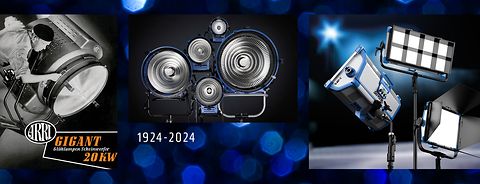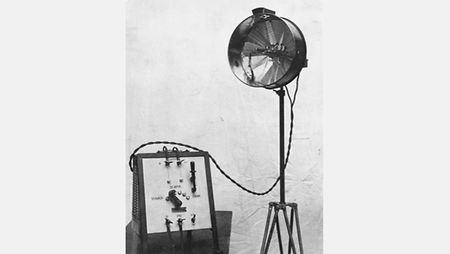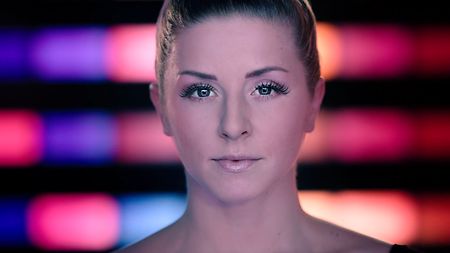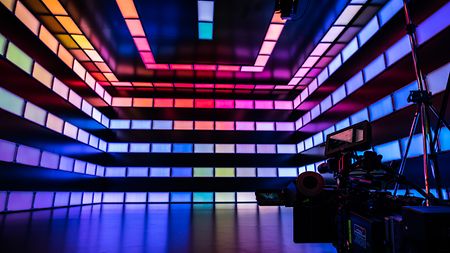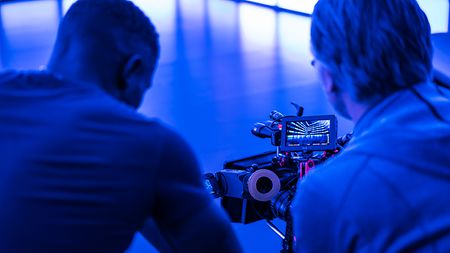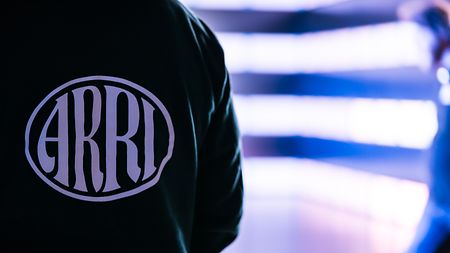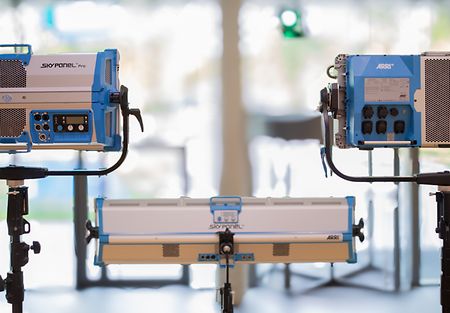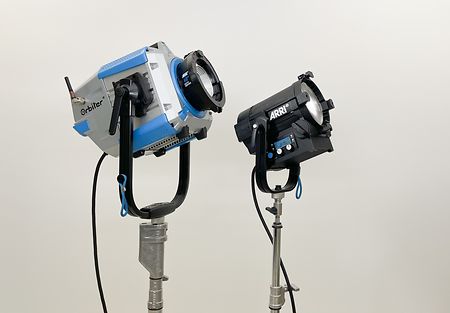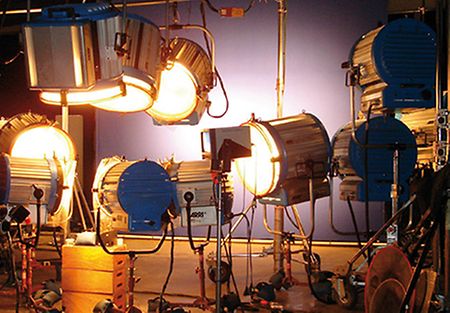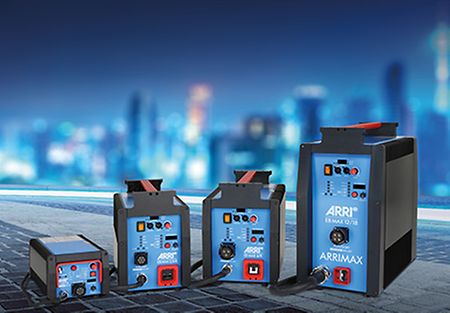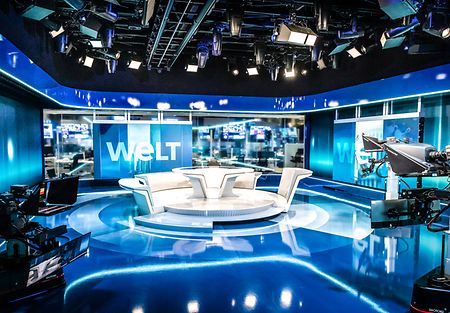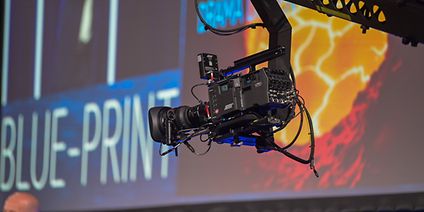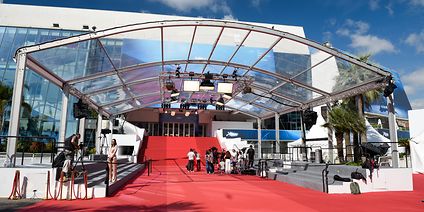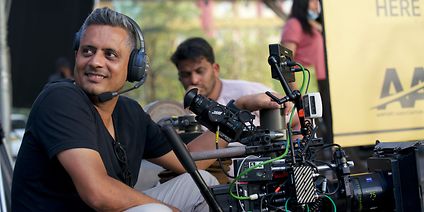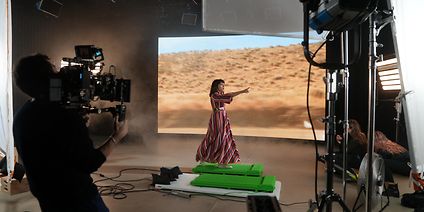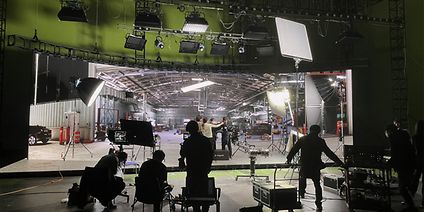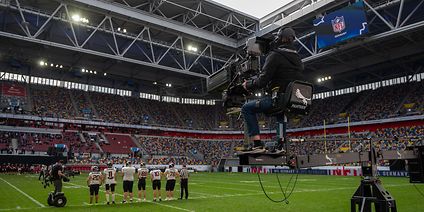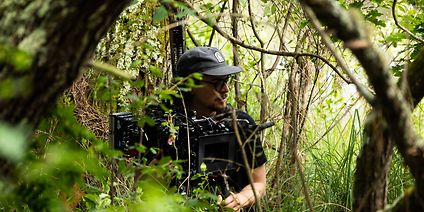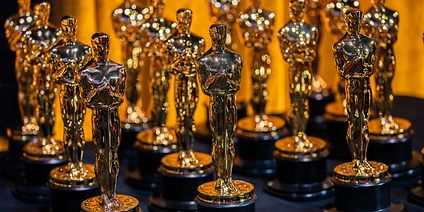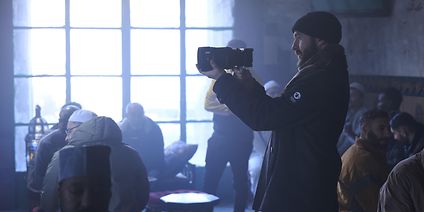This is ARRI Lighting
Since 1924, ARRI has been developing and manufacturing professional lighting products for the motion picture and television industry. And since 1953, all ARRI lights have all been produced in Stephanskirchen, a small town near Rosenheim in southern Germany.
More than 60,000 high-quality luminaires that utilize conventional and LED technology for professional use are produced in the 3,000 sq. m. (over 32,290 sq. ft.) factory in Stephanskirchen every year. ARRI’s worldwide subsidiaries in Beijing (China), Berlin (Germany), Blauvelt (New York), Burbank (California, both USA), Dubai (United Arab Emirates), Fort Lauderdale (Florida, USA), Hong Kong (China), London (Great Britain), Milan (Italy), Paris (France), São Paulo (Brasil), Sydney (Australia), and Toronto (Canada) service the local regions.
ARRI luminaires are used on film sets, in television and photo studios, in theaters as well as at major trade fairs and events.
The portfolio of ARRI lighting products include: the versatile Orbiter, SkyPanel, an Engineering Emmy award winning series of LED soft lights; the L-Series, a LED focusable Fresnel series of lights; Academy Award winning daylight products such as the M-Series which includes the unique and patented MAX reflector; electronic ballasts; a wide selection of accessories and much more.
As a service provider, the ARRI Solutions Group equips modern TV studios around the world with innovative lighting solutions.
